Table of Contents
Disclaimer: Asian Century Stocks uses information sources believed to be reliable, but their accuracy cannot be guaranteed. The information contained in this publication is not intended to constitute individual investment advice and is not designed to meet your personal financial situation. The opinions expressed in such publications are those of the publisher and are subject to change without notice. You are advised to discuss your investment options with your financial advisers. Consult your financial adviser to understand whether any investment is suitable for your specific needs. I may, from time to time, have positions in the securities covered in the articles on this website. This is not a recommendation to buy or sell stocks.

An Asian Century Stocks subscriber asked me for book recommendations. And after two years of writing, I’ve never once mentioned what books I enjoy. So let me try to remedy that.
Here is a list of my top 20 investing-related books. And forgive me for only choosing a few books from this part of the world - that reflects my European background, more than anything else.
Table of contents:
1. Money Masters of Our Time
2. One Up on Wall Street
3. The Warren Buffett Way
4. You Can Be a Stock Market Genius
5. Capital Returns
6. Influence
7. Quality of Earnings
8. The Art of Short Selling
9. Diary of a Very Bad Year
10. My Own Story (Bernard Baruch)
11. The Last Kings of Shanghai
12. Wealth, War & Wisdom
13. Devil Take the Hindmost
14. The Great Beanie Baby Bubble
15. The Great Taiwan Bubble
16. Tomorrow’s Gold
17. The Volatility Machine
18. The Model
19. How Asia Works
20. Asian GodfathersIn no particular order:
1. Money Masters of Our Time
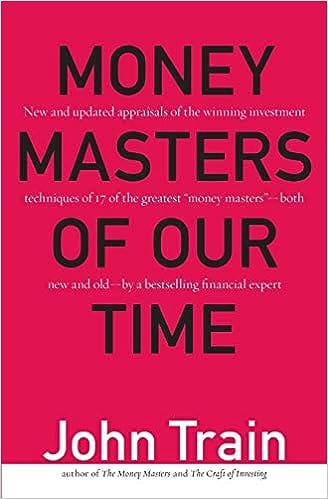
I consider John Train’s book Money Masters of Our Time the best book ever written on investing. The book contains interviews with 14 individuals who were at the time considered to be the best investors in the world: Warren Buffett, George Soros, Julian Robertson, Michael Steinhardt, Peter Lynch, John Templeton and so on. What I love about the book is the fact that it’s so dense. There’s so much to learn. And if you read the book back-to-back, you’ll start to get a sense of the common denominators among this diverse group of investors. For example, most of them focus on value, most of them have a contrarian mindset, most ignore the crowd, etc. Trust me — there’s no better book out there.
2. One Up on Wall Street
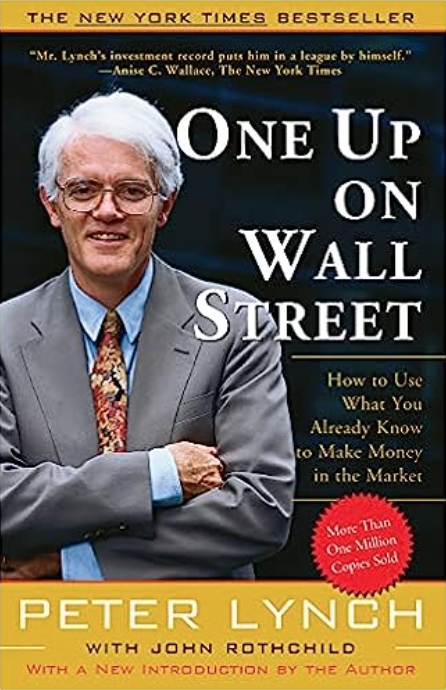
Peter Lynch’s books are fantastic. And in my view, One Up on Wall Street is the best that he’s written. It provides a commonsensical, practical approach to picking stocks. There’s not much theory in here. Instead, he gives you advice that you can actually implement tomorrow. Some of my personal gems from the book:
“The person that turns over the most rocks wins the game.”
“Look for small companies that are already profitable and have proven that their concept can be replicated”
"The real key to making money in stocks is not to get scared out of them."
“If you can follow only one bit of data, follow the earnings.”
The book was helpful when I first started working on the buy-side. And I would read it from time to time to remind myself of the lessons that he learnt over his career. I’d advise you to do the same.
3. The Warren Buffett Way
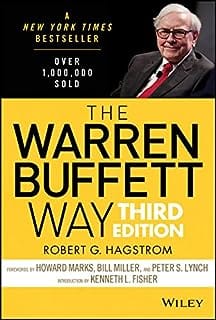
If you only read one Warren Buffett book, I’d suggest choosing Hagstrom’s book The Warren Buffett Way. It gives you a sense of how Buffett assesses the quality of a business. For example, he likes to buy companies with recurring revenue, consistent operating history, strong management teams, etc. He also likes to stick with companies with high returns on equity and profit margins. That approach has certainly worked for him.
4. You Can Be a Stock Market Genius
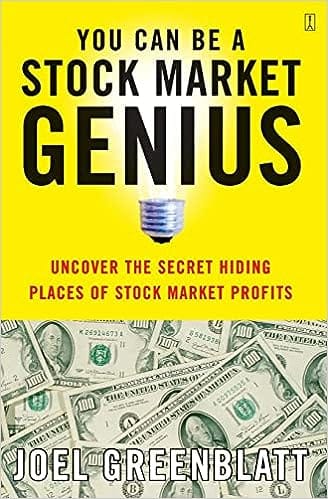
The average stock probably isn’t mispriced. Joel Greenblatt’s argument is that you need to look for special situations, where price has diverged from value. In his book You Can Be a Stock Market Genius, he describes how to invest in special situations: spin-offs, companies after they exit Chapter 11 restructurings, merger securities, recaps, and more. In my experience, they’re fantastic hunting grounds.
5. Capital Returns
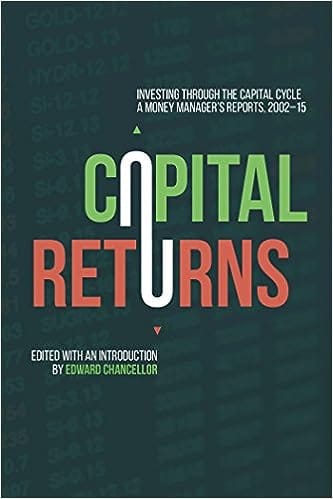
Ed Chancellor helped Marathon Asset Management put together the two books: Capital Account and Capital Returns. They’re a collection of letters sent to investors when the firm was still operating. Capital Returns is the more accessible of of the two. The reason I think it’s important is that it explains Marathon’s approach to analysing capital cycles. In commodity industries, the supply & demand for a product will vary across cycles, with recurring under- and oversupply. The length of the cycle will depend on the lead time of adding new capacity. Analysing commodity businesses is a different ball game than analysing companies with strong moats. So to truly understand stocks, you’ll need this book in your toolbox.
6. Influence
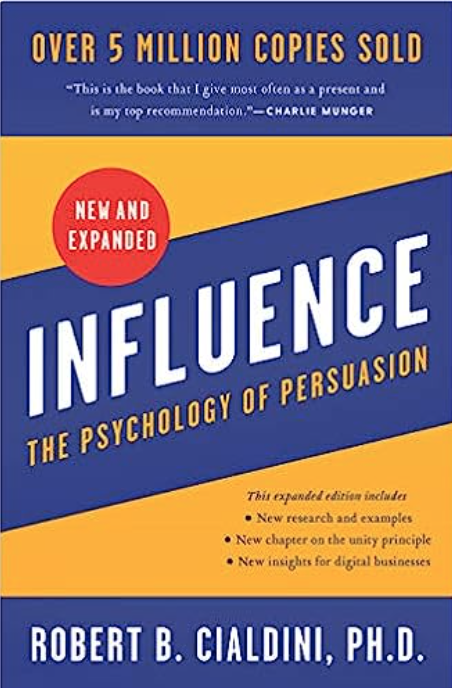
While not investment-related, Robert Cialdini’s book Influence is such an important book that I think every investor should read it at least once in their lives. It describes the ways that salesmen trick others into buying their products, including making use of reciprocation, liking, social proof, authority, scarcity, consistency bias and a feeling of unity. Once you understand these principles, you’ll be less at risk of influence campaigns from individuals, governments or other organisations. And you’ll also understand whether a company is likely to be successful in selling a particular product. It’ll help you understand basic psychology.
7. Quality of Earnings
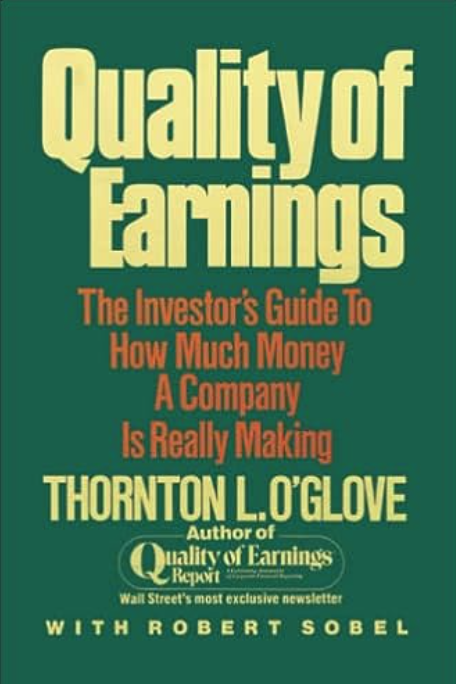
Quality of Earnings is a short, straightforward book telling you how to dissect the quality of a company’s earnings. Each chapter covers a different part of the checklist that O’Glove recommends investors use to calculate a company’s sustainable earnings power. These include deleting non-recurring gains and losses, being mindful of rising receivables or inventories, looking at interest coverage ratios, auditor sign-offs, etc. Even though it’s becoming somewhat dated, I think the framework is still helpful in figuring out how to interpret quarterly earnings numbers.
8. The Art of Short Selling
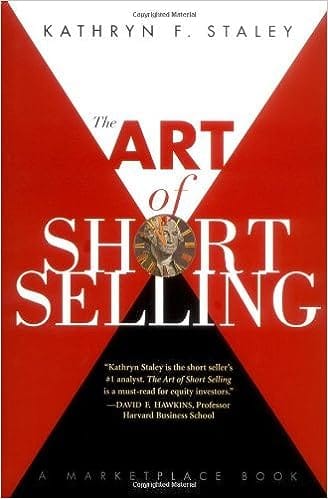
Kathryn Staley’s book The Art of Short Selling is the best ever written on short-selling. The book is a series of case studies where Staley describes past stocks she had been involved with. She describes the red flags she saw in specific companies, how she traded the stocks and the outcome of her campaigns. You’ll learn about receivables and inventory divergences, depreciation schedule tricks, cost-to-completion accounting, kitchen sinks, etc. If you’re interested in short-selling, this is the book for you.
9. Diary of a Very Bad Year
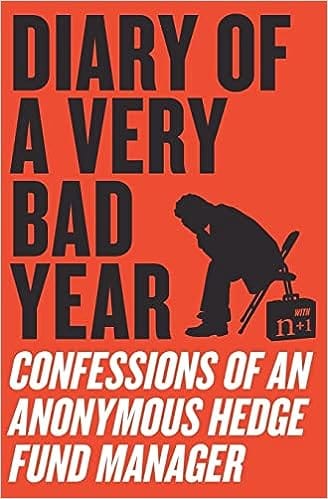
I read Diary of a Very Bad Year after a recommendation from journalist Matt Levine, who writes a column on Bloomberg’s website. The book is a discussion with an anonymous hedge fund manager, describing his thoughts about the US financial system as the world headed into a recession. The wisdom of this anonymous fund manager blows me away. After reading the book, you’ll see banking, the financial sector, currencies, risk management and speculation in a different light than before.
10. My Own Story (Bernard Baruch)
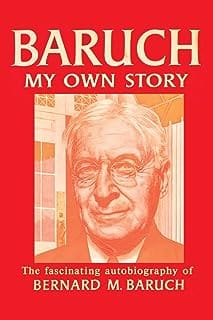
Bernard Baruch’s My Own Story is the best biography of an investor I’ve ever read. He described his journey from a penniless broker turned speculator and eventually government official. I admire Bernard Baruch’s genius when it comes to speculation. He believed in putting all your eggs in one basket and watching them. It’s also an incredibly well-written book that’s enjoyable to read. Finally, I appreciate the historical perspective - it gives you an insight into what it was like investing during the gold standard and during times of war.
11. The Last Kings of Shanghai
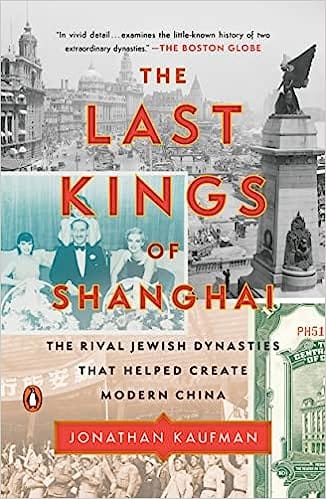
The Last Kings of Shanghai discusses the trials and tribulations of foreign businessmen in Shanghai before the communist victory in 1949. The book is about two families of traders, the Sassoons and the Kadoories. Victor Sassoon moved most of his wealth to Shanghai in the early 20th century. He and Lawrence Kadoorie built a large part of the art deco-style buildings that line The Bund even to this day. I believe there is much to learn from the book. For one, much of the wealth accumulated during the 1930s resulted from money-printing and building inflation. Second, once the doors shut - they really shut. The Nationalist government stopped convertibility to silver and prevented the outflow of capital. And when the Communists came to power, they expropriated all private sector wealth. I hope this scenario does not reoccur in modern-day China.
12. Wealth, War & Wisdom
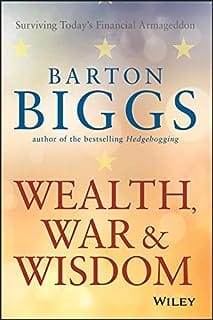
I read Barton Bigg’s book Wealth, War & Wisdom just a few years ago. You can find my full review of it here. This book delves deep into what it was like investing during the Second World War. In the book, Biggs argues that to protect your capital, you’ll need to own diversified portfolios of stocks and properties in safe regions of the world. We’re so far removed from the Second World War that most investors don’t even consider the risk of war. But it could happen again. Make sure you’re prepared.
13. Devil Take the Hindmost
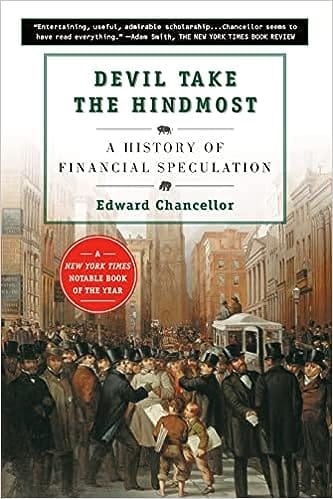
I’m a big fan of author and journalist Edward Chancellor. His book Devil Take the Hindmost is the best introduction to financial history I’ve ever read. In a captivating story-telling format, he goes through the major financial bubbles throughout history, including the Tulip Bubble, the South Sea scheme, the Railway Mania of 1845, the crash of 1929 and the Japanese Bubble in the 1980s. Reading history puts current reality in a different light. You’ll be less likely to get involved in the get-rich-quick schemes that always tend to occur towards the end of any cycle.
14. The Great Beanie Baby Bubble
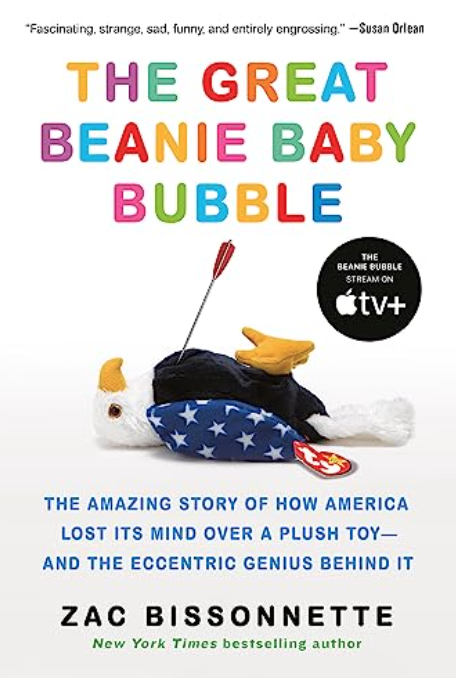
The Great Beanie Baby Bubble is an absolute blast. Beanie Babies were a toy that became popular in the late 1990s and was sold by the Ty Corporation. They convinced buyers that limited editions and recurring changes to the toys meant the products were scarce. By managing supply tightly, the Ty Corporation built up hype with prices for sought-after Beanie Babies rising to the moon. The book perfectly demonstrates the psychological factors that underlie any speculative episode: buyers extrapolating recent trends and, perhaps most importantly, wanting to show off to their friends what rare specimens they owned and how much money they had made. It’s an absurd story, but I see parallels with the current craze for cryptocurrencies.
15. The Great Taiwan Bubble
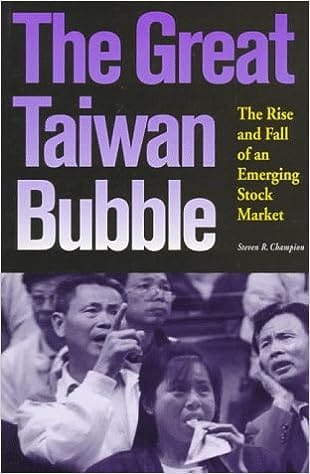
The Great Taiwan Bubble is another book that betrays my fascination with financial bubbles. This book is among the most entertaining I’ve ever read. In the late 1980s, the Taiwanese stock market went up 12x in less than four years. And at the peak of the bubble, one-third of all adult Taiwanese were playing the stock market. From what I can tell, the bubble left a mark on Taiwanese society for decades. I learnt from the book that liberalisation of the capital account can cause interest rates to drop, pushing money into the stock market. Closing the illegal lottery Dajia Le in 1985 may have also pushed people into the market. And easy credit also enabled speculators to pile on in ever greater numbers. I wrote about the story here.
16. Tomorrow’s Gold
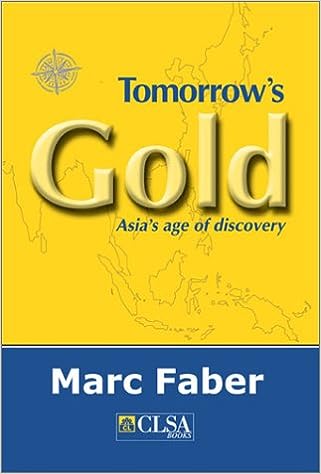
Marc Faber’s Tomorrow’s Gold is an incredible book that I think should be more widely read. Written in 2002, it’s a story about cycles. Not just investment cycles but also the rise and fall of empires, cycles of flows into emerging markets and cycles of inflation and deflation. Faber believes in making large bets on out-of-favour asset classes and sticking with them through the next upturn. His characterisation of the six phases of an emerging market bubble provides guidelines on what to look out for. Because, in my experience, cycles happen with surprising regularity. And if you ever find yourself becoming a true believer, the joke will be on you.
17. The Volatility Machine
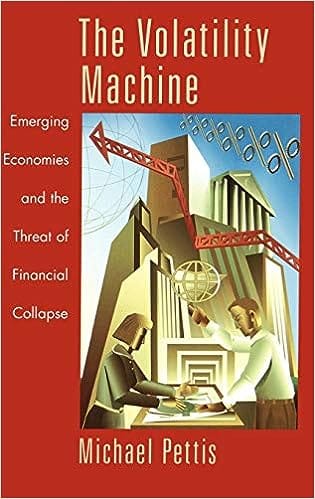
In my view, The Volatility Machine is professor Michael Pettis’s best book. It describes how capital flows can affect emerging markets across cycles. He speaks of vulnerabilities in sovereign balance sheets, including high external debt, that can cause currencies to drop precipitously during times of crisis. He also describes what a typical emerging market cycle can look like from rising liquidity, capital inflows, boom and eventually bust. And the conditions can cause the volatility across the cycle to become extreme. A must-read for any frontier- or emerging market investor.
18. The Model
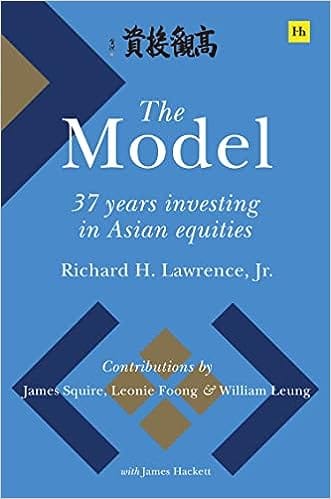
Richard Lawrence’s book The Model is a recent addition to my bookshelf. It’s the most comprehensive book I’ve ever read on stock picking in Asia. And Lawrence has an incredible track record - 14% per year for over three decades through his Overlook Partners Fund. In the early days, he went after deep-value stocks but eventually graduated to higher-quality stocks at reasonable valuations. I like his approach to ranking companies on not just the EPS growth - as in a PEG ratio - but also the return on equity. I also like how Overlook manages capital raises, capping subscriptions in good times to ensure money doesn’t leave during crises. Reading about Lawrence’s investments throughout the years is fascinating, with many stocks remaining listed in Hong Kong or elsewhere. I also wrote about the book here.
19. How Asia Works
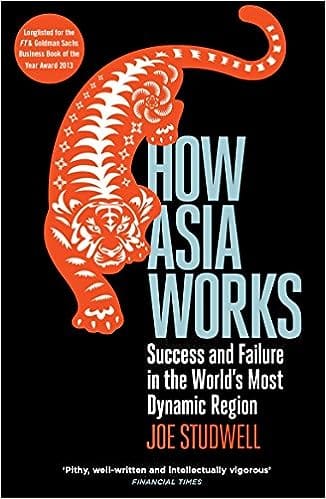
How Asia Works is another case of “great book, poor title”. I think Studwell is one of the few individuals that has explained the East Asian growth story in simple-to-understand language. He argues that Japan, Taiwan and Korea benefitted from land reform that distributed wealth, improved farm productivity and enabled talented individuals to start businesses. He also argued that their governments encouraged exports and foreign direct investment. And finally, that lending was set by industrial policy rather than nepotism. Southeast Asia has mostly failed in their attempt to industrialise, and Studwell makes a strong argument for why that’s the case. Vested interests keep reforms from taking place.
20. Asian Godfathers
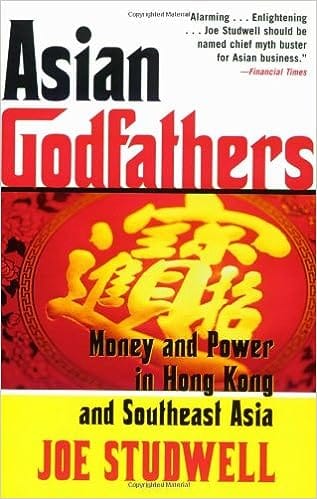
Asian Godfathers is another one of Studwell’s books. It tells the story of how Southeast Asia’s economies are controlled by tycoons, often working together with government leaders, controlling scarce licenses and enjoying access to bank funding that normal entrepreneurs do not. It’s a tragedy that vested interests keep the region from developing. But I suppose from the point of view of investors, some of the businesses in the region truly enjoy barriers to entry because these economies are far from enjoying free competition. I also wrote about the book here.

What did I miss? Any books that you recommend? Leave your comment below. 👇





